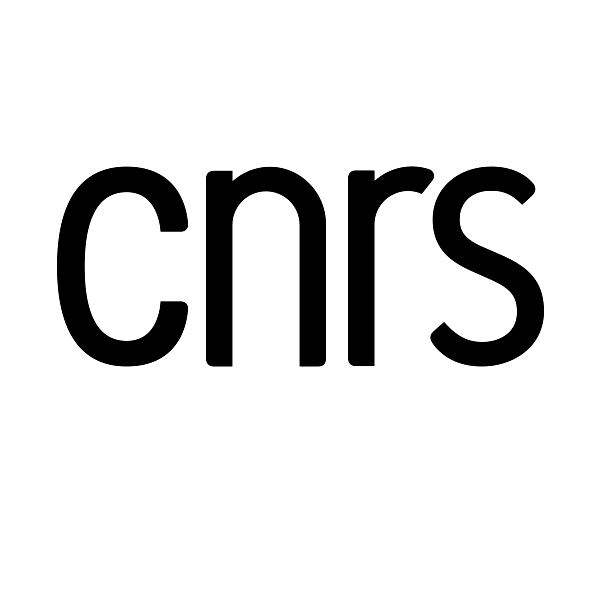Le 1er juillet 2017
de 9h00 à 9h30
Le Patio (université de Strasbourg)
22 rue René Descartes, 67000 Strasbourg
salle 3208
Séance - Analytical Issues in Ethnomusicology
Pré-acte / Acte
Auteurs : François Picard et Alice Tacaille
Analysis in ethnomusicology has a long practice, based on transcription, a situation which leads to a rather loose respect to written score. We therefore easily transpose it from one system of notation or representation to another. The importance of variation in the process of transmission and performance leads also to the practice of simplification. The huge difference between etic and emic descriptions and theories leads to distant respect to orthodox affirmations. All this is marked in the last few years by a large use of experimental analytic tools such as the histogram of respective durations of each nominal note in a given melody, as compared to others, in the same corpus or between corpus. At the same time, the digitalization of musical notation (through MusicXML and tentatively MEI) has lead to the possibility of “text research” inside a corpus, as proposed by databases such as GlobalChant to NEUMA and Carnet de notes. This was exposed in master or doctoral thesis submitted by Jeanne Saint-Sardos, Shon Eun-kyung, Youssef Chédid, Ahmed Bouaziz, Julien Debove, Yassine Guettat, Wang Weiping, Houssama Hamrouni, and works by the present authors. The new representation of modes or scales eventually lead, most unexpectedly, to the reinvention and formalization of the so-called “diagram of melodic analysis” first proposed in 1909 by Otto Abraham and Erich von Hornbostel as “Leiterntabellen”.







